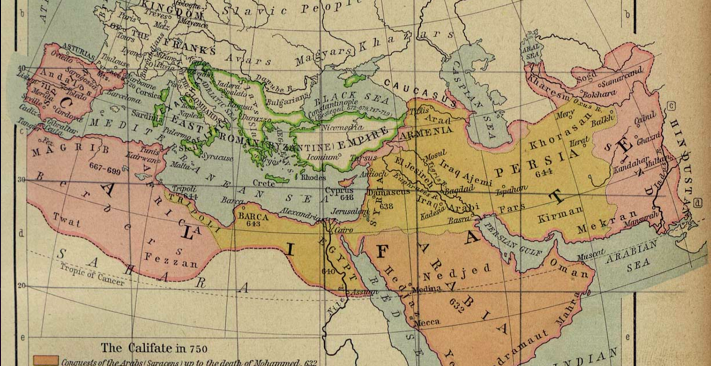

Regimes, feeling challenged, encouraged sectarian attitudes and divisions, hoping to transform a vertical conflict (between society and authority) into a series of horizontal disputes (Sunnites against Shiites, Muslims against Copts, Arabs against Kurds, and so on). The push for democratisation both fed into and was fed by the belief in egalitarian citizenship. Secularism v religionĪcross the region, the social and political spheres have become more secular, as both a cause and a consequence of the Arab Spring. A majority of citizens are now reasoning based on the hypothesis that the players currently holding power can be removed.
Middle eastern countries in revolt how to#
Activists and groups have learned how to speak out against the government, often at great personal risk. Even Egypt, which in 2013 saw a return to authoritarianism that would make previous regimes in other Arab countries pale in comparison, is not exempt. This has been shown again and again in the years since 2011, from the recent protests in Lebanon and Iraq, to the Hirak movement in Algeria.Īcross North Africa and the Middle East, protests and demonstrations of public anger are no longer simply seen as signs of a challenge toward authorities, but rather as the potential forewarning of an uprising, or even a revolution.Įach social crisis opens the floodgates for real and uninhibited challenges to the regimes in power. The most obvious change has been the redefinition of political space in Arab societies. What price are people prepared to pay to see their situation improve? The power of protest

In 2021, the question is no longer whether it’s possible to topple a regime, or at least make it grant concessions, but rather what the cost-benefit analysis is for a process of political change. But social powers are the forces that write the definitive version of history, and these have seemingly been disrupted forever.Ĭitizens now know that ruling power is fragile it can be shaky it does not last forever. It’s true that in many places, like Egypt, we’ve seen a return to some form of the authoritarianism that reigned before the people asserted their right to take part in politics at the beginning of the 2010s. Lire cet article en français: “Révolutions arabes, an X: des sociétés à jamais transformées” Today, the legacy of this chain of events is contested and to an extent still uncertain, but one thing is clear: the conditions for engaging in politics in these countries have shifted completely. To put it mildly, the social, cultural, religious, political and strategic events that history will remember as the “Arab Spring” sent a shockwave across an entire region. Ten years after people rose up against their leaders in country after country around the Middle East and North Africa, from Tunisia to Egypt, Yemen and Bahrain, what can we say about how society, politics and religion have changed in the region?


 0 kommentar(er)
0 kommentar(er)
